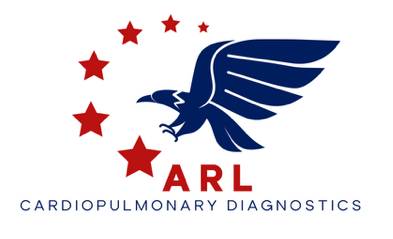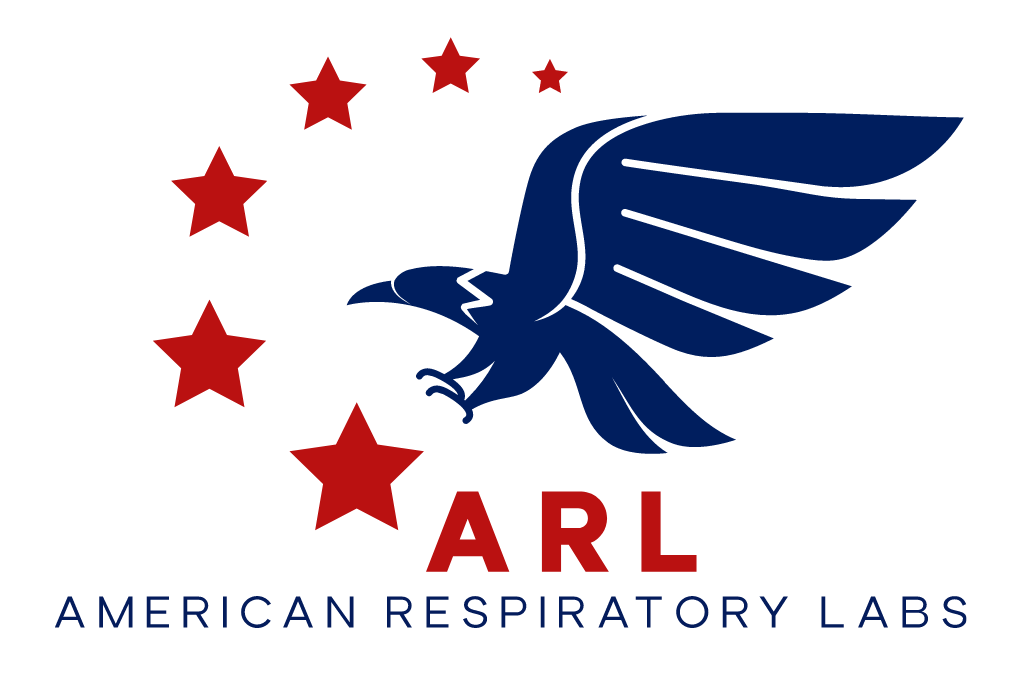
Third Party Oxygen Assessments
ARL
By addressing oxygen deficiency through timely intervention, we strive to enhance your quality of life and prevent the potential complications that can arise from inadequate oxygen levels. This test is used to qualify for various home oxygen programs. A home oxygen assessment includes monitoring oxygen levels on room air, a possible arterial blood gas (if oxygen levels low), as well as the possibility of a walking oxygen level test.
Let us be your partner in respiratory care!
- Recognize Oxygen Deficiency
- Prevent Future Complications
- Personalized Assessments
- Professional Analysis
- Patient Empowerment
Contact Us Today
Oxygen Assessment Benefits
Interestingly, individuals experiencing oxygen deficiency due to COPD or other lung diseases may not always recognize the subtle signs themselves. It often takes the keen eye of a healthcare provider to identify the need for oxygen therapy. Your healthcare team at ARL Respiratory Labs is equipped with the expertise to conduct specific tests, gauging your oxygen levels and determining whether supplemental oxygen is necessary.
A small probe is placed on the patient’s finger to monitor oxygen levels. If the level is low, then an arterial blood gas will be performed. A walking test may then be performed if the blood oxygen level falls within a certain range. The walking test consists of the patient walking with a probe on their finger, while breathing in room air. If levels drop for a specific duration of time during the walking test, the patient is placed on oxygen for 5 to 10 minutes. During this time, we will be continuously monitoring oxygen levels.

Respiratory Testing and Evaluation Specialist
ARL
We prioritize your respiratory health with a range of advanced diagnostic services designed to be conveniently conducted at one of our office locations.
We cater to veterans, medicare, lawsuit plaintiffs and adults with a range of respiratory diseases, we also offer training to your staff for respiratory assessment and respiratory therapy to identify signs of respiratory distress and therapeutic results.

